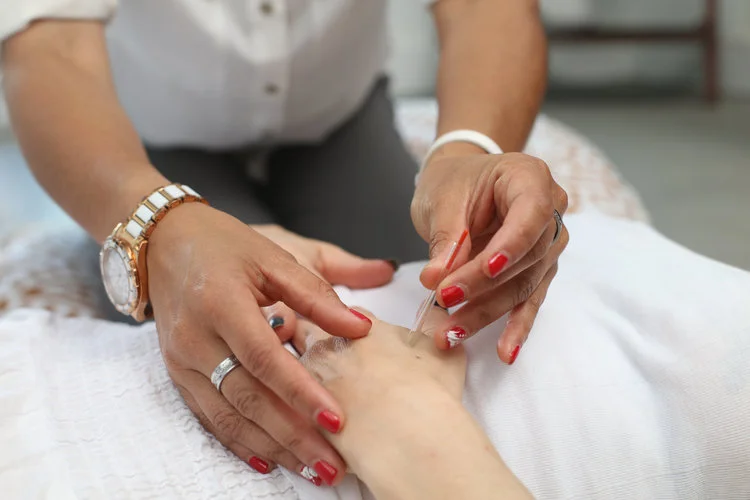Dry needling involves inserting a small solid filament needle through the skin into the underlying muscle tissue with a goal of releasing trigger points. Trigger points are areas of thickened bands of tissue in the muscle that produce pain locally and in a referred pattern and often accompany chronic musculoskeletal disorders. Releasing a trigger point can lead to less pain and improved mobility. In addition to the dry needle, electrical stimulation can be added which will help “reset” the muscle contraction due to improved synapse at the neuromuscular junction.
The dry needling technique can be used for many musculoskeletal conditions including but not limited to: Low back pain, sciatica, headaches, shoulder pain, tennis/golfer’s elbow, knee pain, hip pain, plantar fasciitis, tendonitis issues, muscular strains/ligament sprains, chronic pain.
Dry needling results in the deepest tissue release allowing for improvements in movement and pain. It is called “dry” needling because there is no solution injected as with a hypodermic needle during a flu shot. With dry needling, the needle itself and the effects it produces within the tissue is the treatment. Dry needling can cause muscle soreness that will last for a few hours up to 48 hours following treatment. The goal of dry needling is to improve flexibility and decrease pain as it allows the therapist to target tissues deeper than manual techniques alone.

